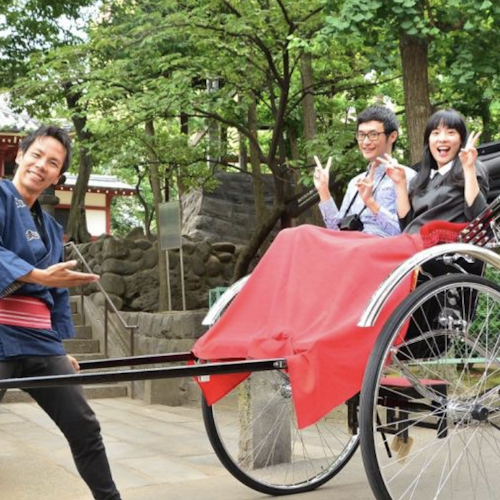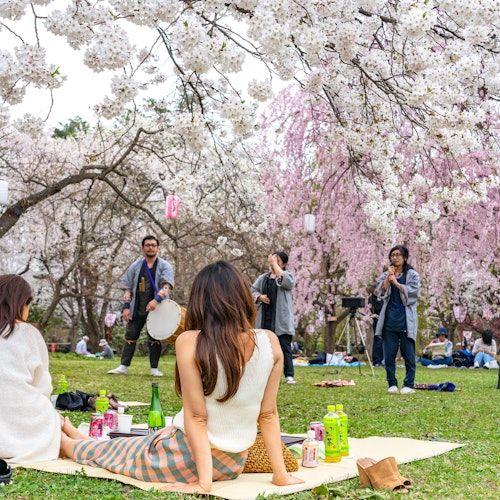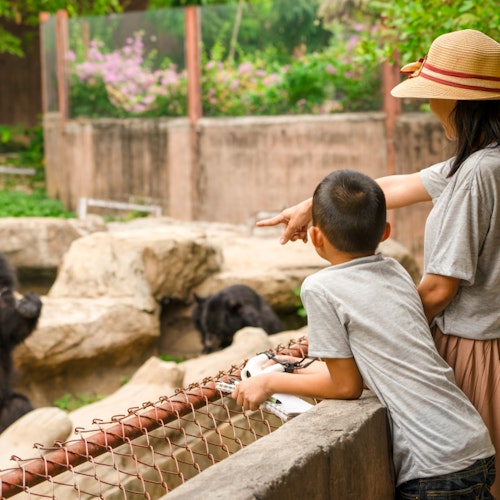
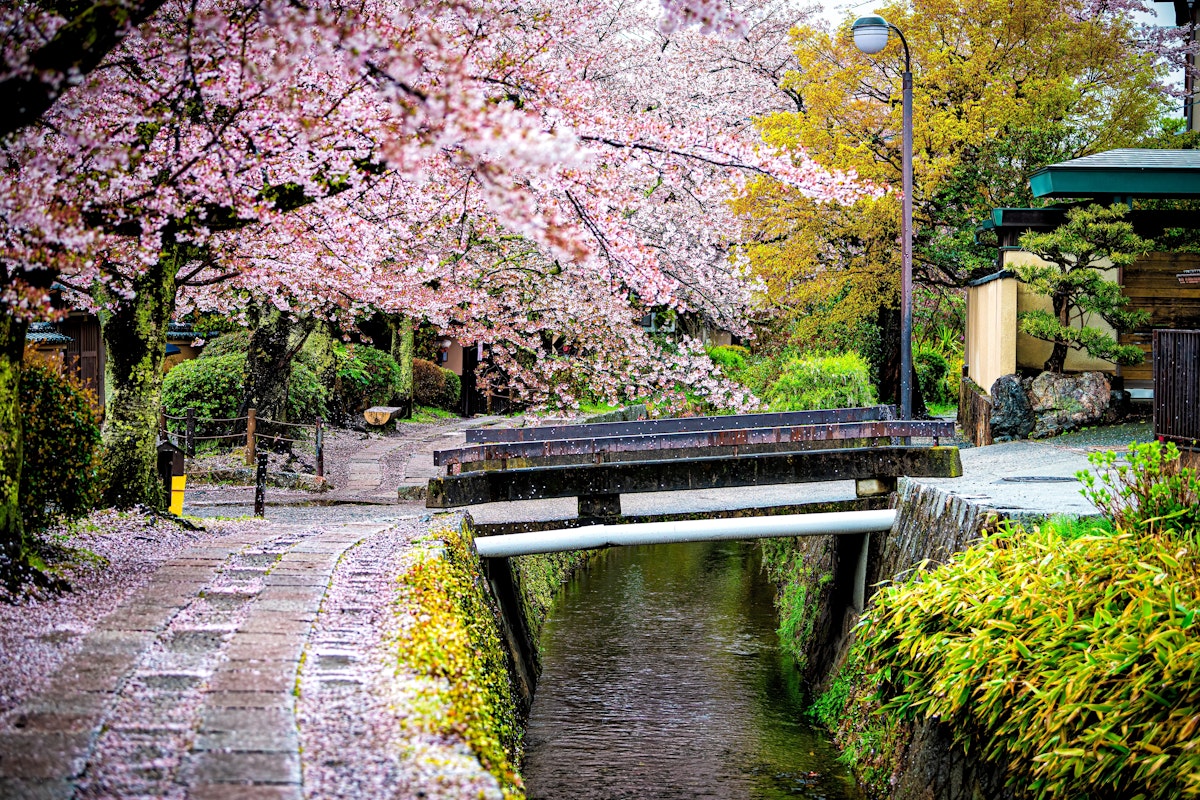
Discover The Philosopher's Path, a hidden treasure in Kyoto, Japan. Renowned for its tranquil beauty, this path is more than just a walkway – it's a journey through history and nature.
Named after the esteemed philosopher Nishida Kitaro, who once used it for daily meditations, the path offers a unique blend of natural splendor and historical significance. As you make a contemplative stroll beneath the cherry blossoms or alongside the gentle stream, you're not just walking but experiencing a piece of Kyoto's soul.
This article will guide you through the enchanting beauty of The Philosopher's Path and help you plan the perfect time to visit this iconic trail.
The Philosopher's Path, known in Japanese as Tetsugaku no Michi, is a renowned pedestrian path in Kyoto, Japan, stretching about two kilometers from Ginkaku-ji (Silver Pavilion) to the Nanzenji neighborhood. Constructed in 1890 and extended in 1912, it follows a shallow irrigation channel linked to the Lake Biwa Canal. It is adorned with numerous temples and shrines like Hōnen-in, Ōtoyo Shrine, and Eikan-dō Zenrin-ji.
The path was officially named after Nishida Kitaro, a professor at Kyoto University, in 1972. Kitaro, recognized for his philosophical works, often walked this path for his daily meditation, immersing himself in the serene environment. This connection has made the path symbolic of tranquility and reflection.
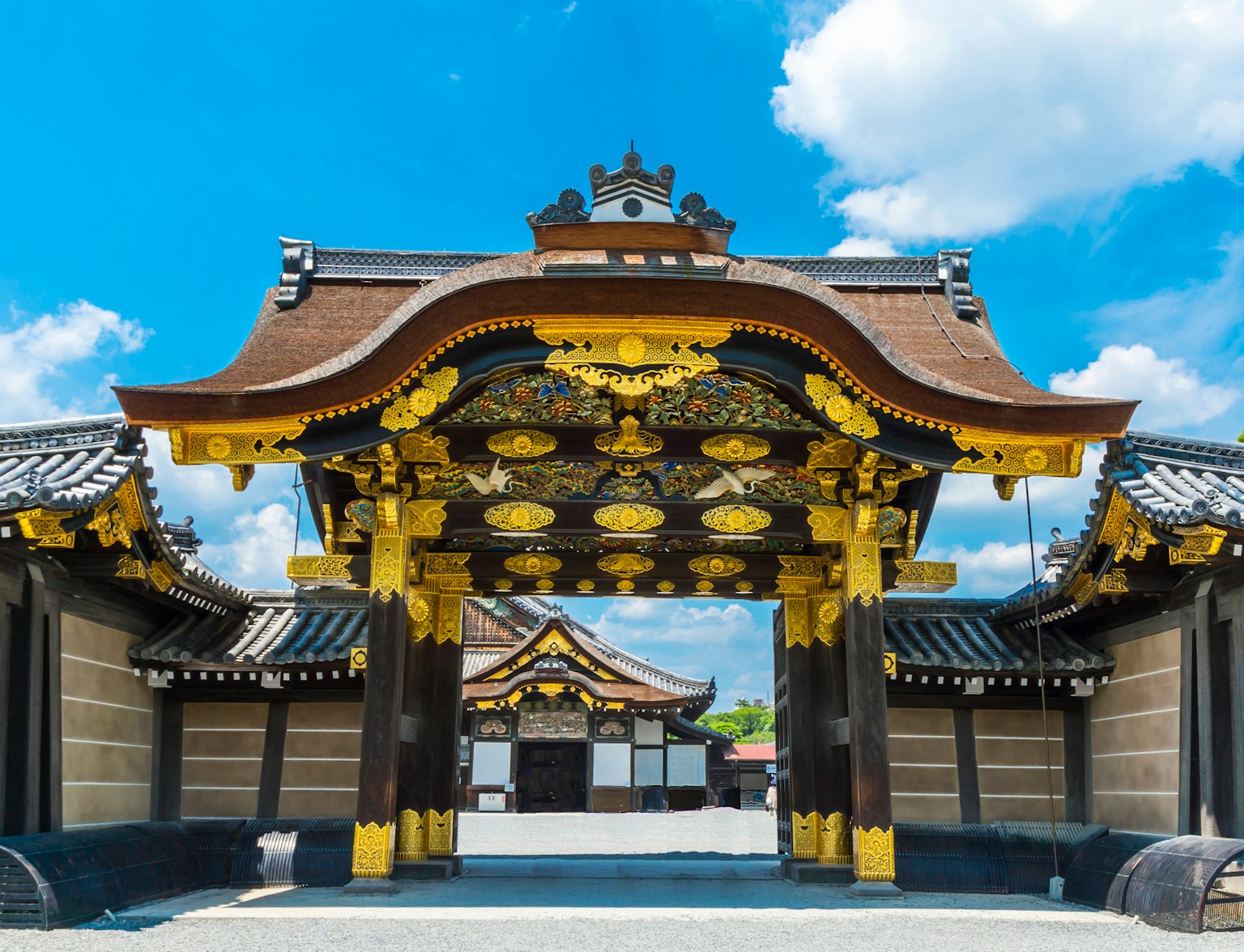
Visit the Philosopher's Path with this tour.
Famous for its alignment with cherry blossom trees, the path transforms into a captivating corridor of pink petals during the cherry blossom season, creating what many describe as a magical atmosphere. It's a favored spot for tourists and locals, attracting numerous visitors during the cherry blossom and autumn foliage seasons, showcasing the path's enduring beauty and appeal through the changing seasons.
What sets The Philosopher's Path apart is its breathtaking scenery. The path stretches about two kilometers and is lined with hundreds of cherry trees.
During spring, these trees burst into bloom, creating a stunning canopy of pink and white flowers. A small canal parallels the path, adding to the serene atmosphere. Along the way, quaint cafes, art galleries, and historic temples offer a unique glimpse into Japanese culture.
The best time to visit The Philosopher's Path is in the spring, especially during the cherry blossom season, usually in early April. It is when the path is at its most picturesque. However, each season offers beauty – summer's lush greenery, autumn's fiery leaves, and winter's serene snowscapes.
The Kyoto Philosopher's Path, steeped in natural beauty and historical significance, is flanked by many stunning sights, ranging from ancient temples and shrines to tranquil tea houses and artistic galleries. Here are some of the most notable attractions along this picturesque route:
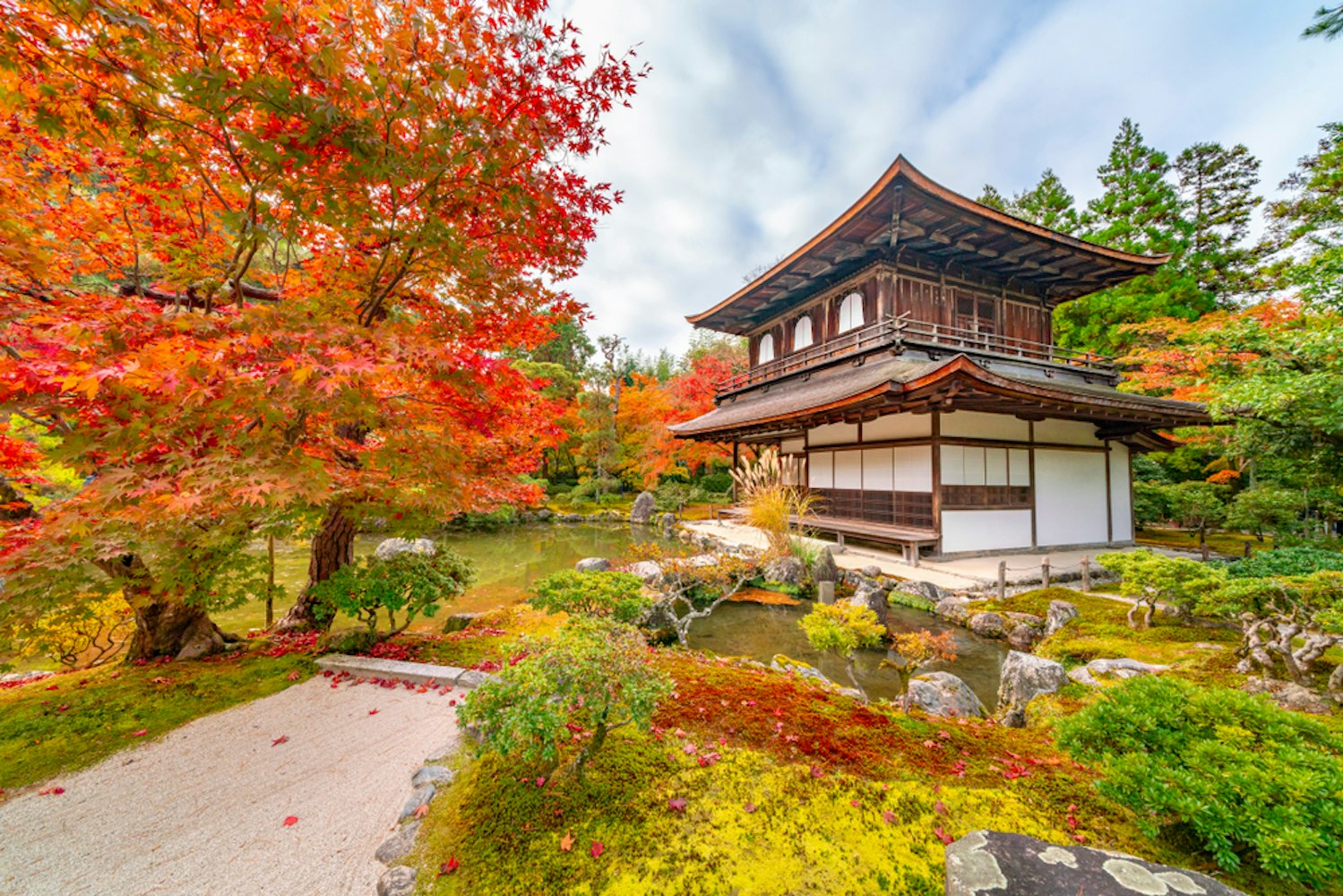
Ginkaku-ji, also known as the Temple of Shining Mercy, is a Zen temple in Kyoto's Sakyo ward at the foot of the city's eastern mountains. As one of Kyoto's most popular destinations, it's part of the Buddhist Shokoku School of the Rinzai Zen sect. Due to their shared heritage, it is often compared to its counterpart, the Kinkaku-ji (Golden Pavilion).
While it's called the Silver Pavilion, its true allure lies in its elegant gardens and buildings, which embody the Zen concept of impermanence, particularly evident in its renowned moss garden. The temple's serene atmosphere and historical significance make it a quintessential example of Japanese Zen aesthetics.
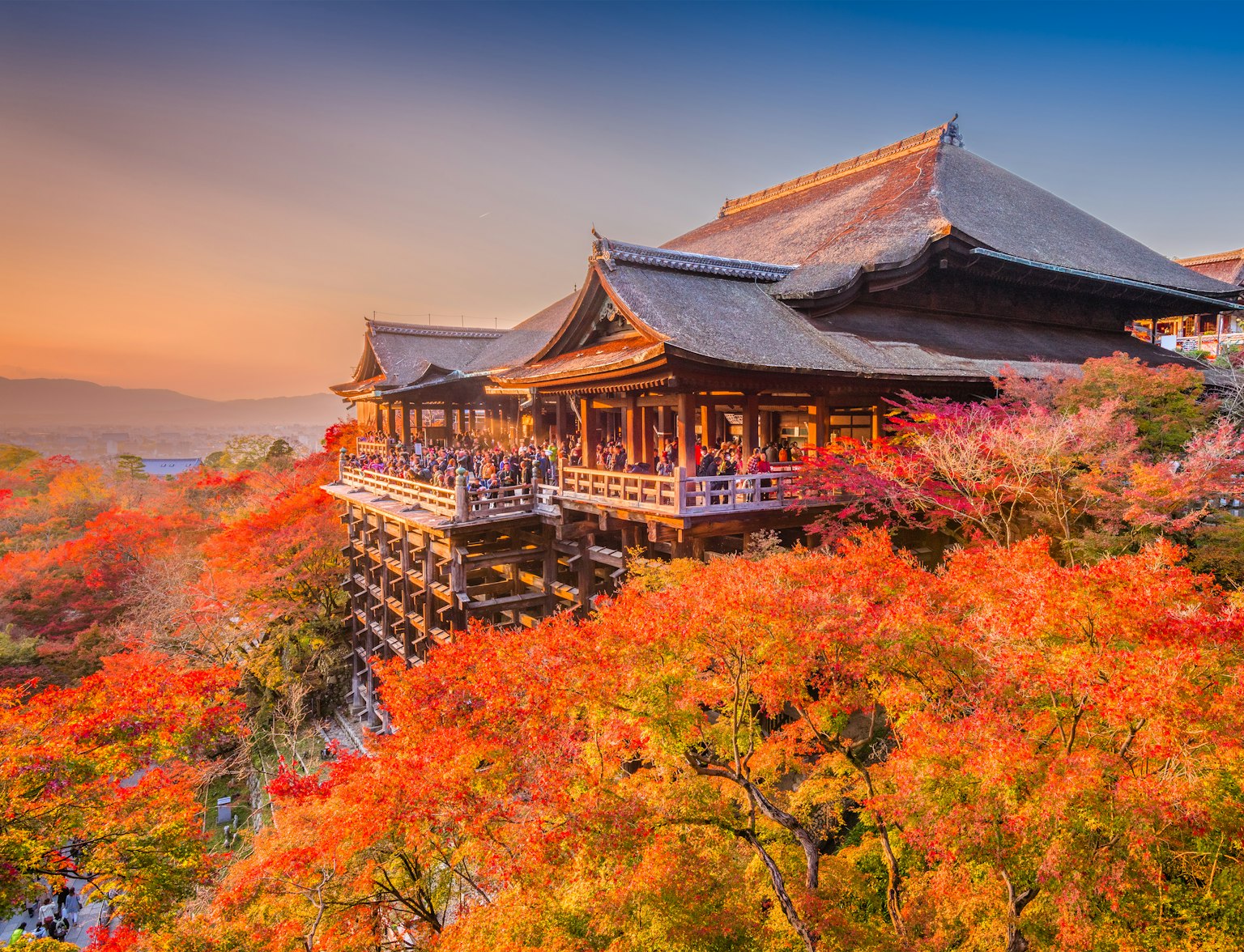
Witness the sublime Ginkakuji Temple, a testament to Kyoto's aesthetic refinement.
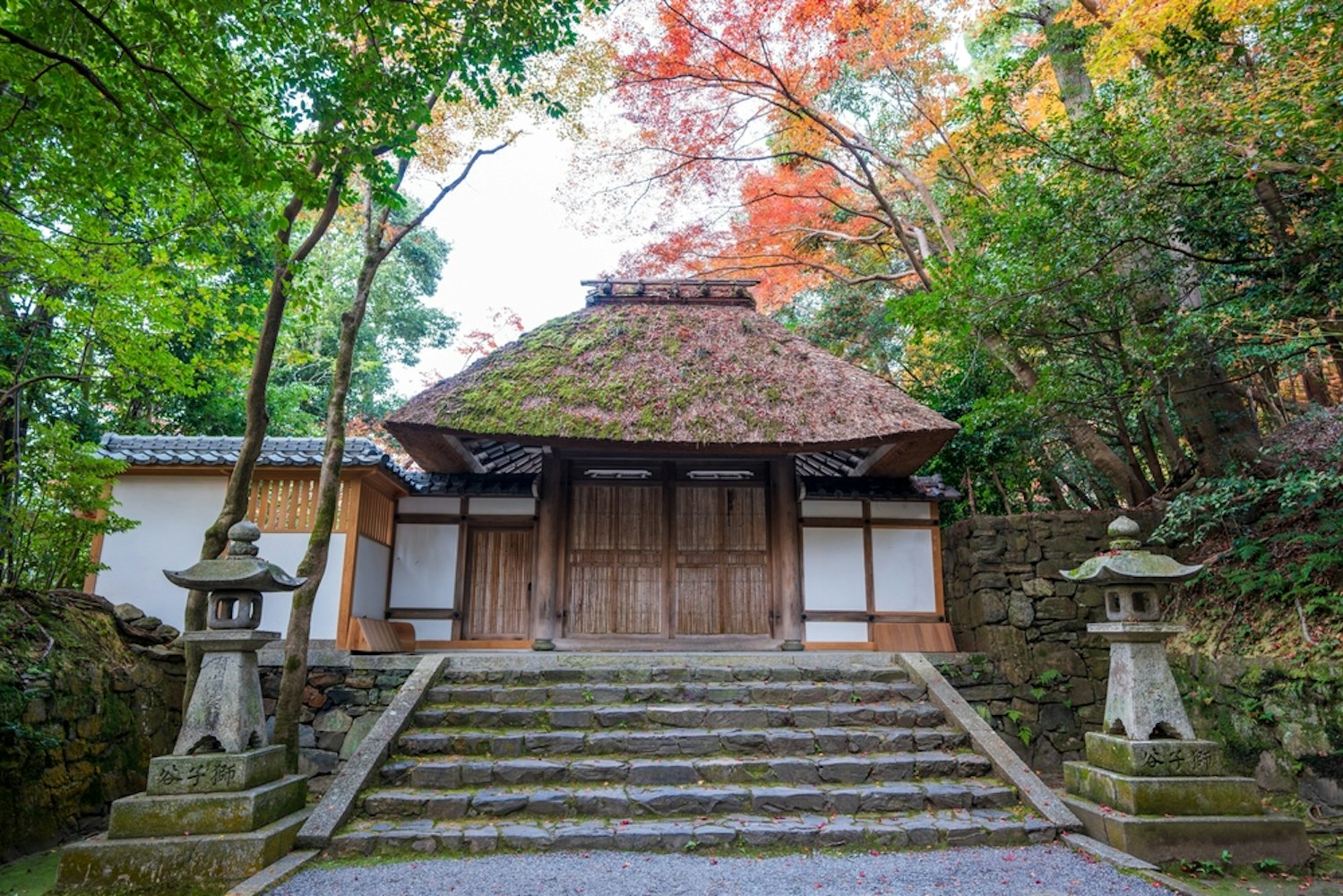
Honen-in Temple, established in 1680 and hidden in the woods off the Lake Biwa Canal, is a serene and enchanting destination along the Philosopher's Path. Marked by a moss-covered gate and worn steps, the temple entrance features two large mounds of white sand with ever-changing raked designs, symbolizing mental purification.
The temple grounds include a stone bridge, art exhibitions in the storehouse, and a secluded area behind the main hall. This tranquil site, combining historical significance and natural beauty, offers visitors a unique, peaceful experience akin to entering a secret garden.
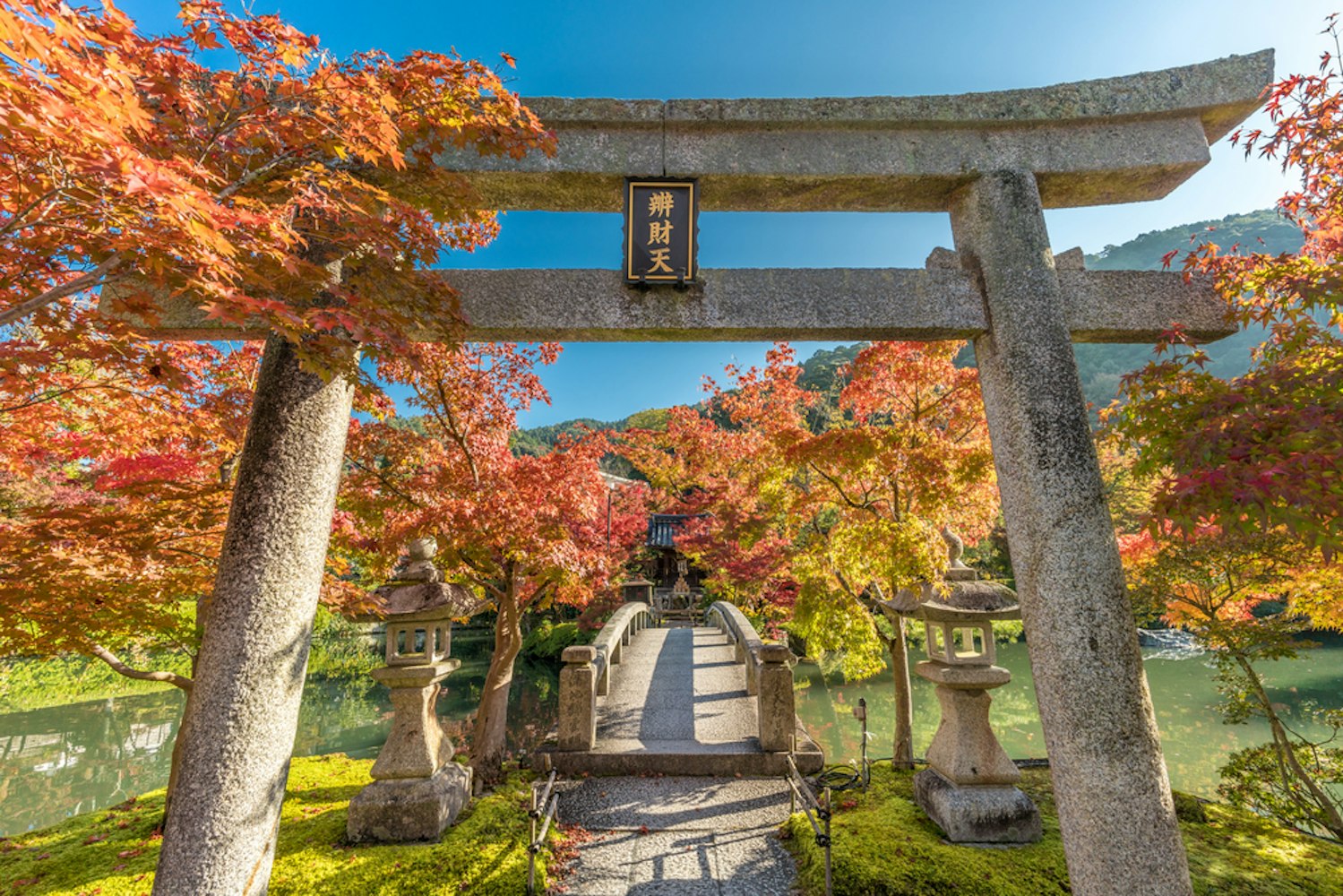
Eikan-dō Temple, situated at the southern end of the Philosopher's Walk, is an extensive temple complex dating back to 856. Known for its stunning autumn colors and evening illuminations, it's a popular spot, especially in the fall.
The temple, established by a student of monk Kūkai, features a small rock garden, the Tahoto Pagoda, and the scenic Hōjō Pond. Visitors can enjoy tranquil walks through the lush gardens and climb up to the temple rooftops for panoramic views of Kyoto.
This serene and green oasis offers a peaceful start (or end) to the journey along the Philosopher's Path, setting a contemplative mood for visitors.
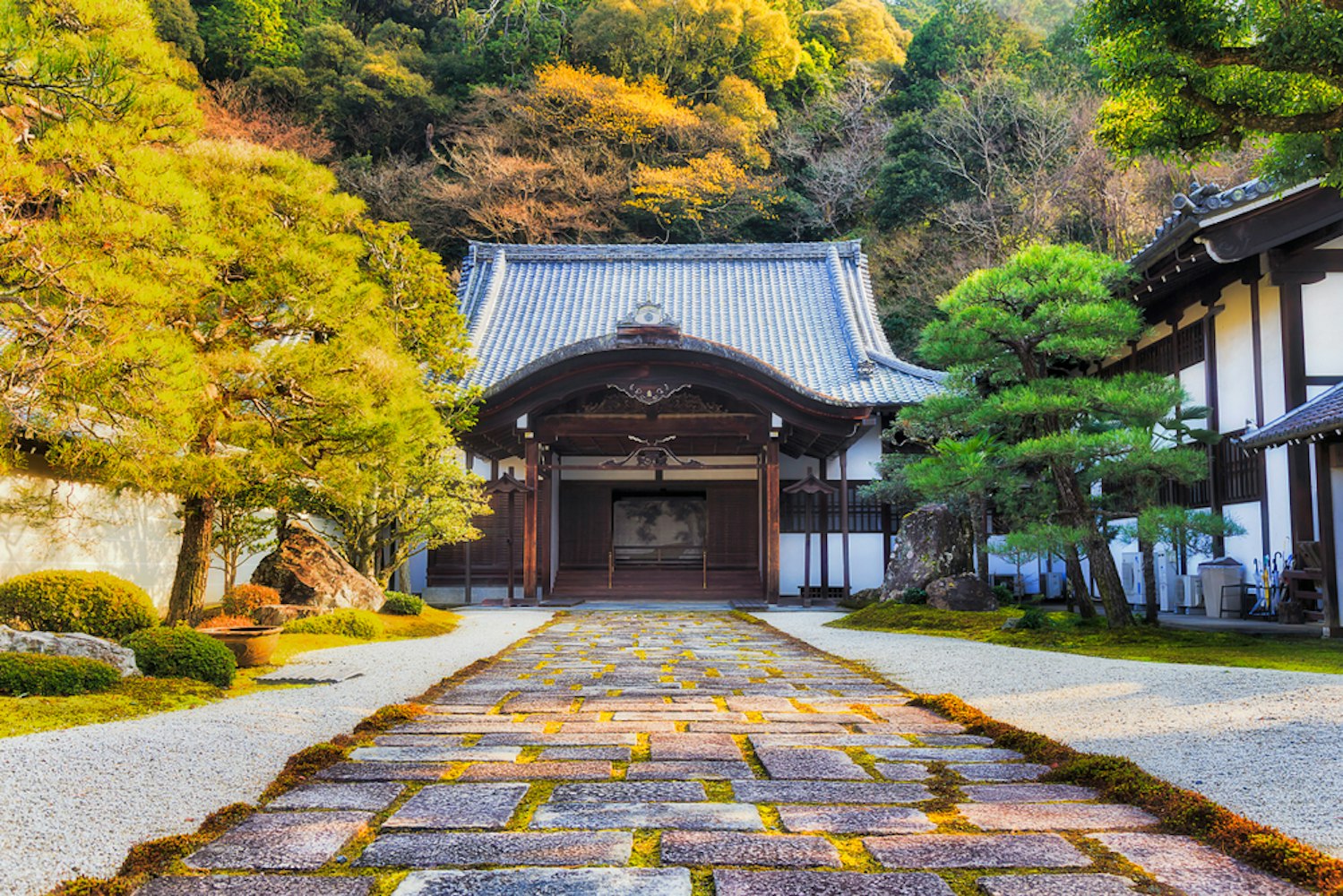
Nanzen-ji Temple, a renowned Zen temple in Japan with a history dating back to the 13th century, is highlighted by its impressive sanmon gate built in 1628. This gate showcases remarkable architecture and provides panoramic views of the city from its balcony, setting a majestic tone for visitors.
Inside Nanzen-ji, the temple exudes serenity, featuring meticulously designed rock gardens and exquisite paintings that embody the Zen principles of simplicity and contemplation. A surprising historical feature awaits a short walk from the head priest's former residence. Its massive brick aqueduct was constructed during the Meiji period.
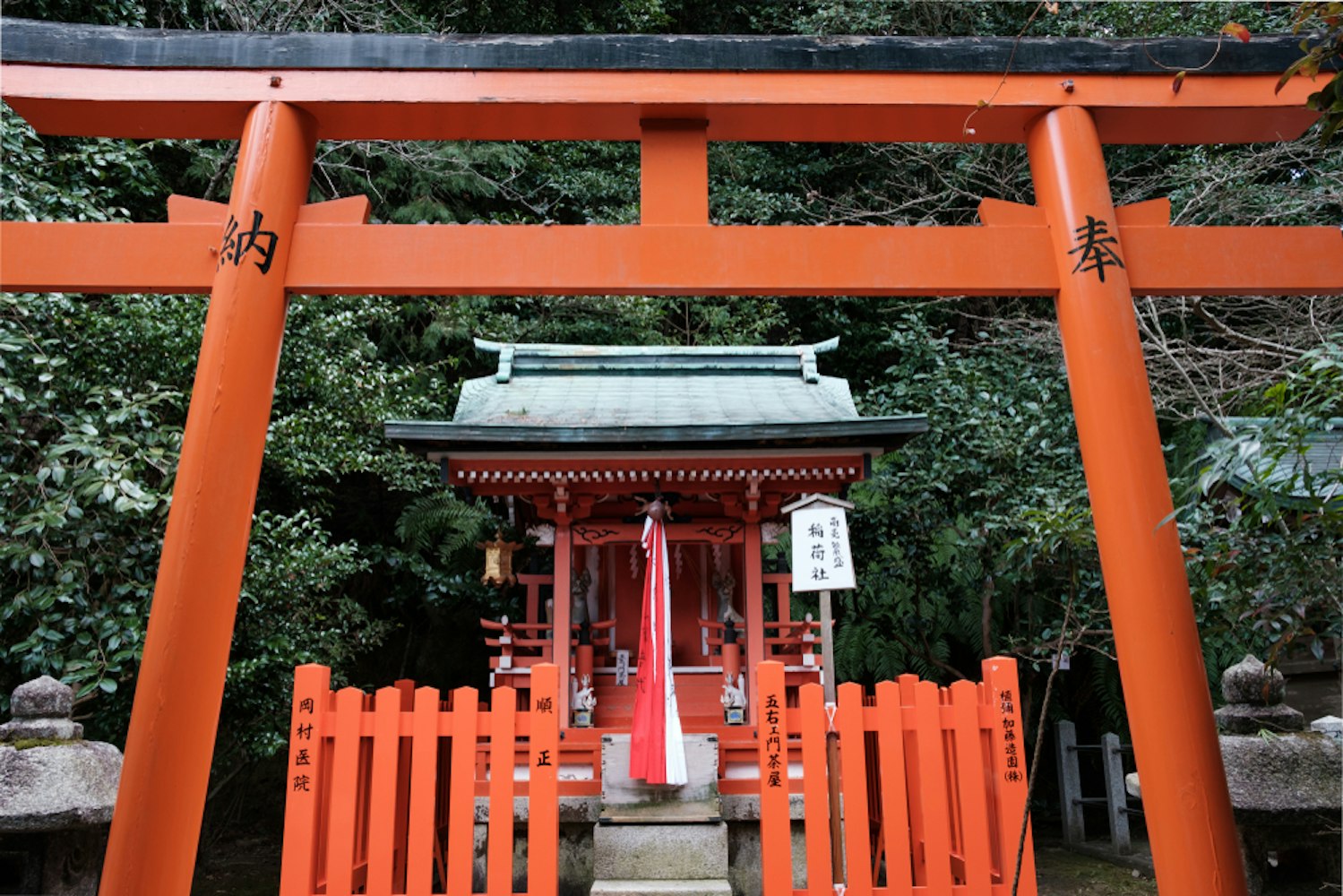
Otoyo-jinja Shrine is a small and charming place with a unique twist – its entrance is guarded by statues of mice, making it truly special and distinct from the joint fox guardians found in many shrines. This shrine is dedicated to the god Ōkuninushi, known for his close relationship with mice.
According to a fascinating legend, Ōkuninushi was saved from a fiery fate by mice after attempting to marry the storm god Susanoo's daughter. These mice became symbols of blessings for childbirth and learning, making the shrine particularly appealing to those born in the year of the rat.
The shrine's stone guardians, portrayed as a pair of enormous mice, add to its distinctive character. Thanks to these charming rodent sculptures, Otoyo-jinja Shrine has become a beloved destination, especially for those born in the Year of the Rat, and it draws even more visitors during the Japanese New Year in a Rat Year.
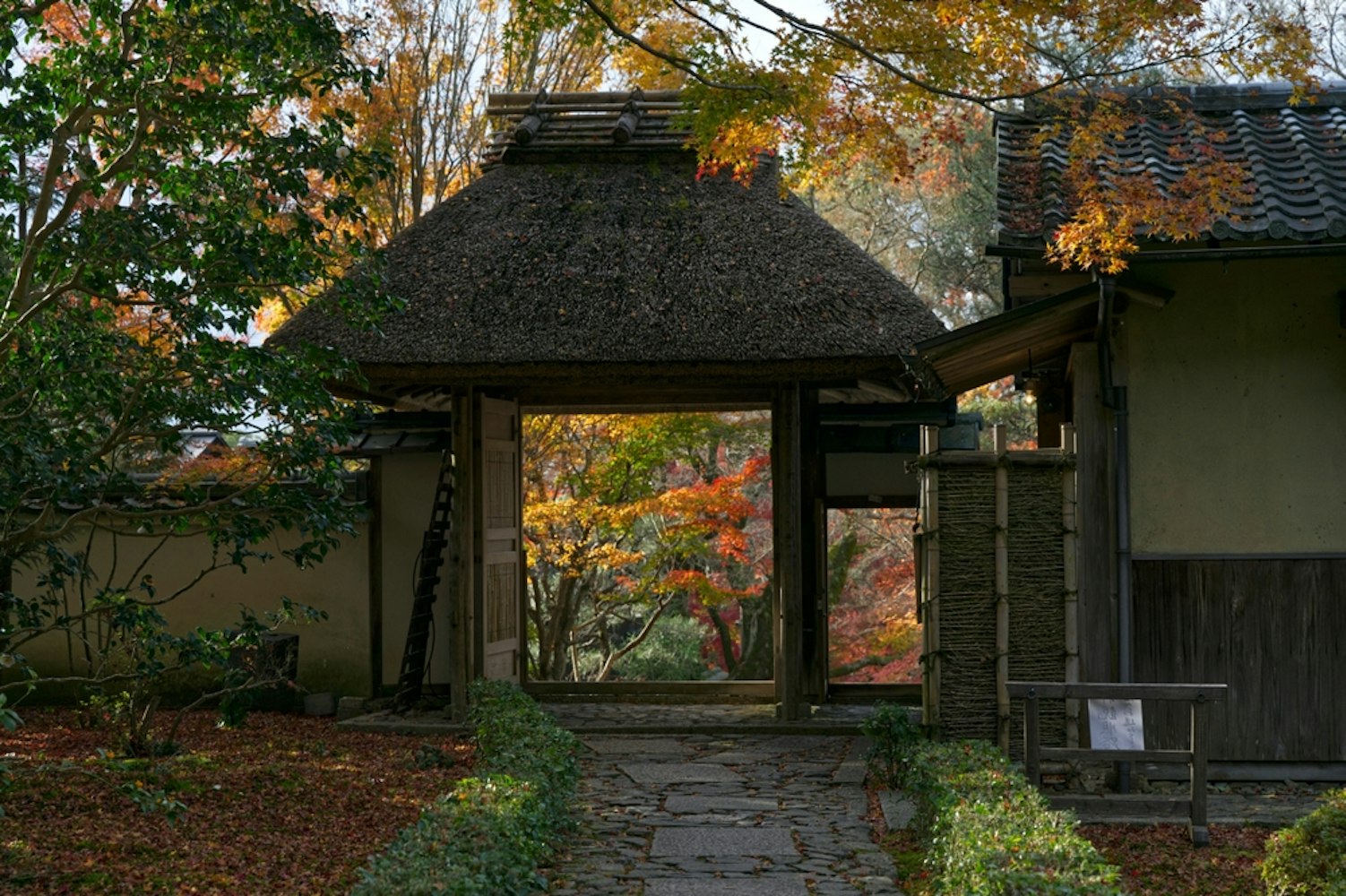
Anraku-ji Temple in Kyoto has a long history dating back to the Kamakura period. Initially a significant Zen center supported by the Hojo clan, it became a Jōdo sect Buddhist temple in the 16th century.
The beautiful temple complex is known for its wooden octagonal Chinese Sung pagoda and features a very famous statue of notable figures. Historical records document its conversion to the Zen sect during the Kamakura period, highlighting its enduring cultural importance.
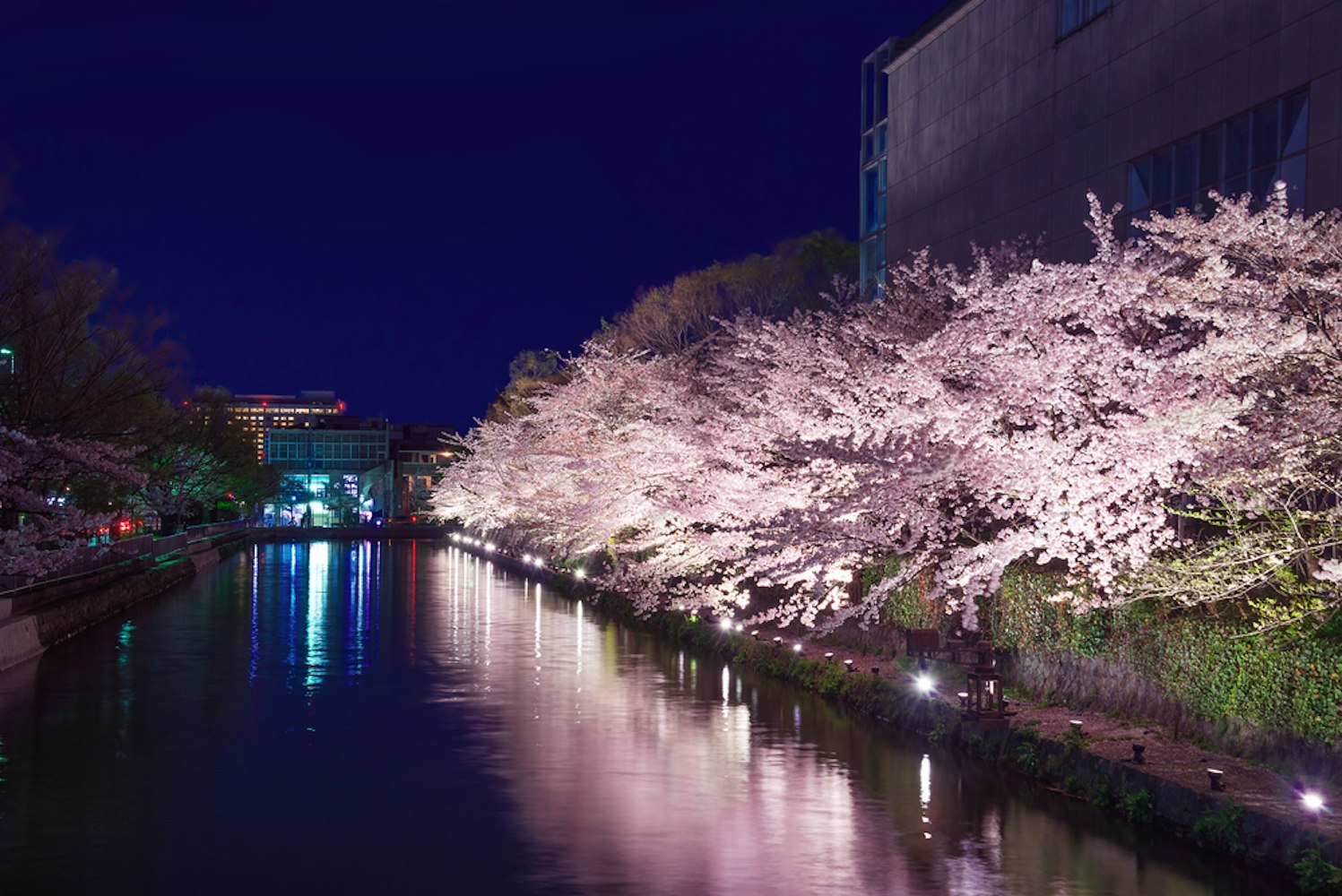
The Lake Biwa Canal, also known as "Biwako Sosui," is a significant engineering achievement constructed in the late 19th century to provide fresh water to the city of Kyoto. This remarkable canal, stretching approximately 63 kilometers, resolved water scarcity issues, facilitated industrial development, and contributed to Kyoto's growth.
It is now a cultural heritage site, attracting visitors for its historical importance and scenic beauty, especially during cherry blossom viewing season. The Lake Biwa Canal symbolizes Japan's engineering prowess and cultural significance.
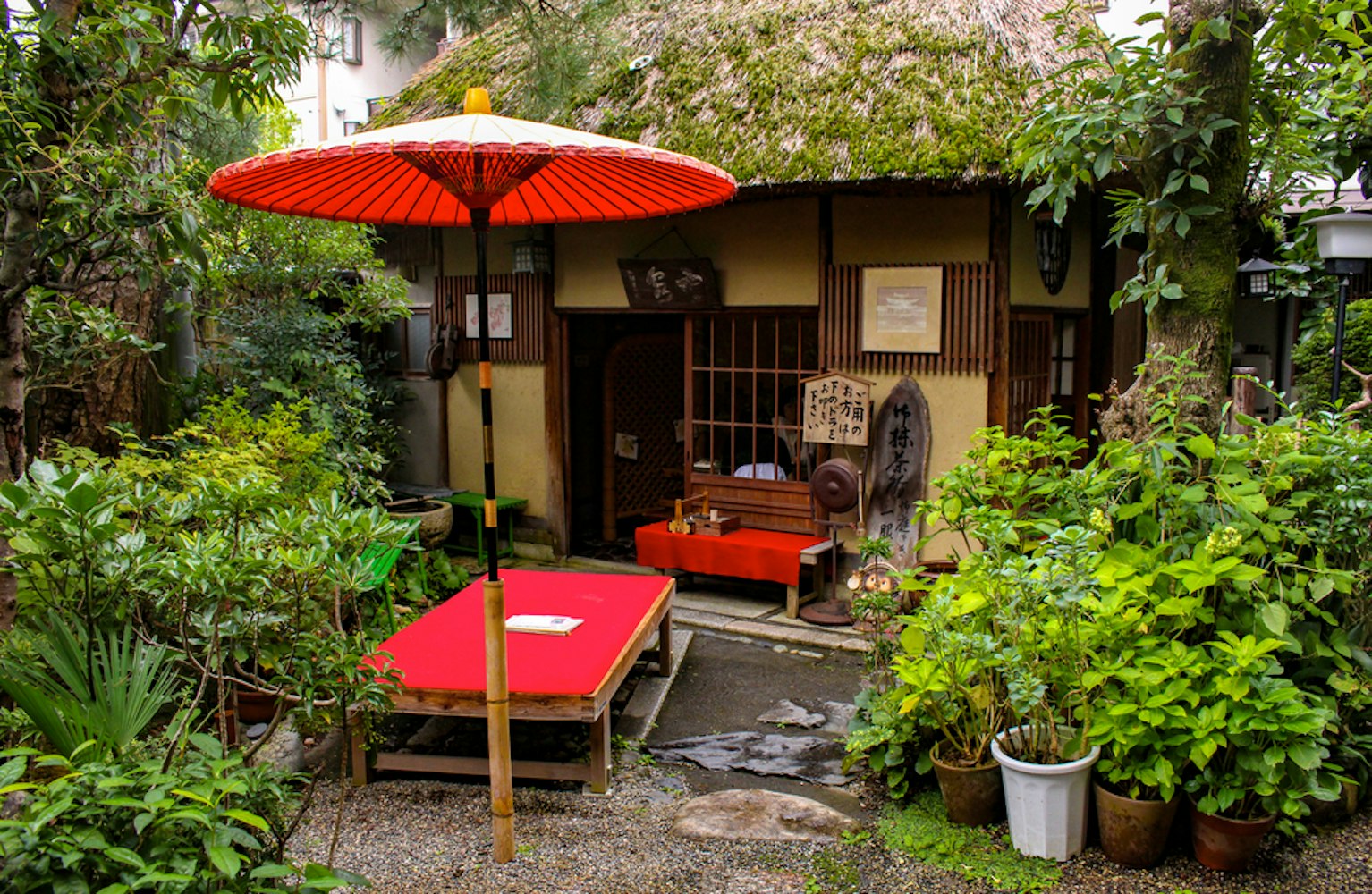
Dotting the path are numerous tea houses and cafes where visitors can indulge in traditional Japanese tea and treats. These quaint establishments offer a delightful immersion into Japan's rich tea culture amidst the scenic backdrop of the path.
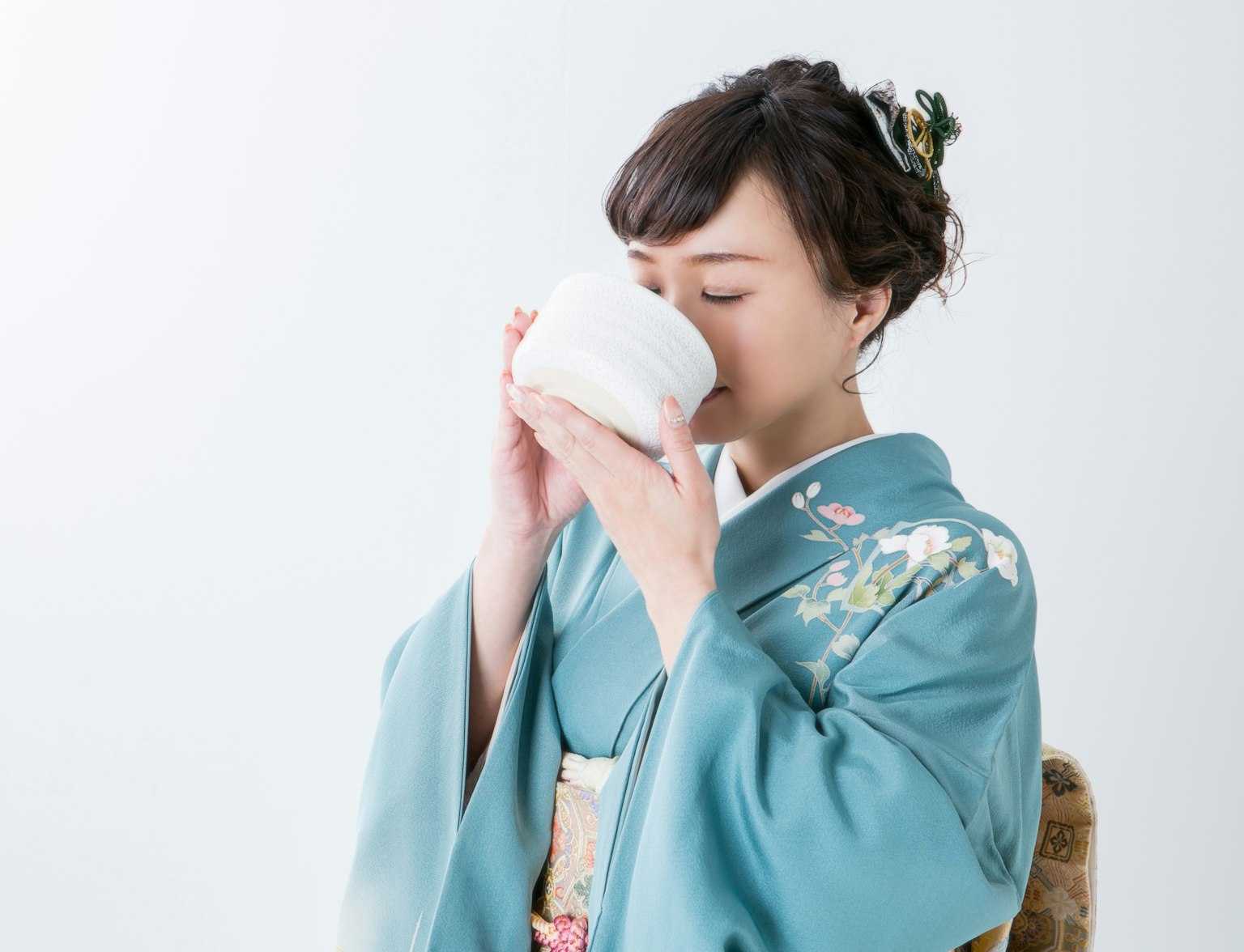
Join us at Jidaiya for a special tea ceremony experience that's both educational and fun.
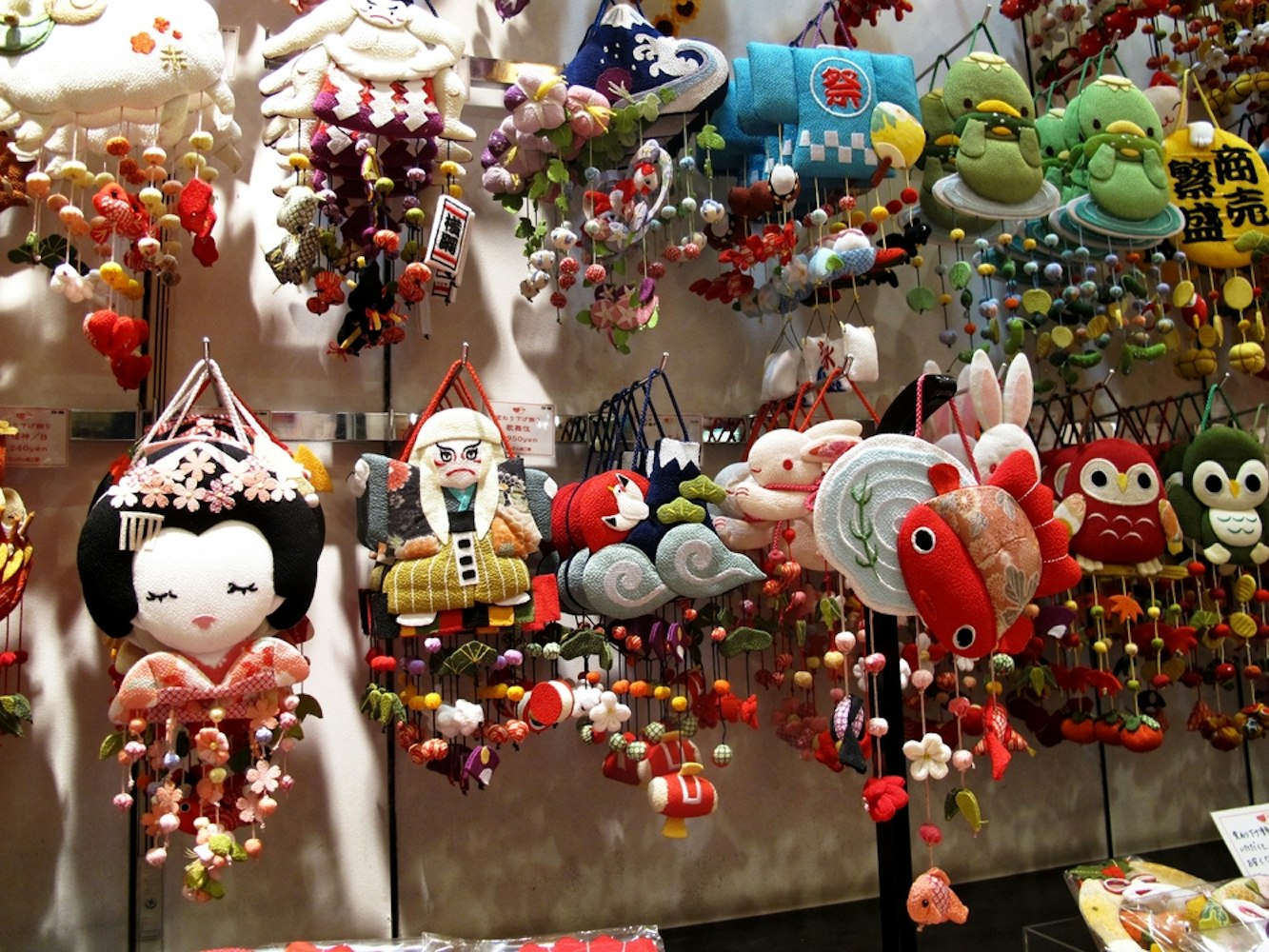
Along the path, you'll encounter a variety of art galleries and craft shops showcasing local arts and crafts. These spots are perfect for exploring and purchasing unique, handcrafted items, providing a tangible memory of your journey along the Philosopher's Path.
Here are some essential tips to make your visit to The Philosopher's Path in Kyoto more enjoyable:
1. Check Opening Hours and Fees: Some attractions may have varying hours and fees, so checking in advance is a good idea.
2. Wear Convenient Footwear: Slip-on shoes or sandals make removing your shoes at temples easier.
3. Carry Cash: While credit cards are accepted in most places, cash is advisable for small shops and cafes.
4. Use Navigation Apps: Consider using a navigation app to help you find your way along the path.
5. Dress for the Season: Dress appropriately for the season you visit, as weather conditions vary.
6. Visit During Off-Peak Times: To avoid crowds, consider visiting during weekdays or less crowded seasons.
7. Explore Guided Tours: Some attractions offer guided tours in multiple languages.
8. Mind Photography Rules: Respect any rules about photography, especially in sensitive areas.
9. Follow Local Etiquette: Be mindful of local customs, like bowing and speaking softly.
10. Dispose of Trash Properly: Carry a small bag for trash, as there may be limited bins along the path.
11. Use Public Transportation: Access the path easily using Kyoto's Tozai subway line or buses.
12. Wear Comfortable Shoes: Walking shoes are recommended for exploring the route.
Kyoto's Philosopher's Path provides a peaceful retreat amidst the busy city life, serving as a testament to Kyoto's enduring cultural heritage. It invites visitors for a contemplative walk, an immersion in the significant world's great cultural traditions, or to relish its natural beauty.
This path is more than just a route; it's an enriching experience that weaves through history, culture, and scenic landscapes. A visit to the Philosopher's Path is a journey that encapsulates the essence of Kyoto's rich and diverse cultural tapestry.
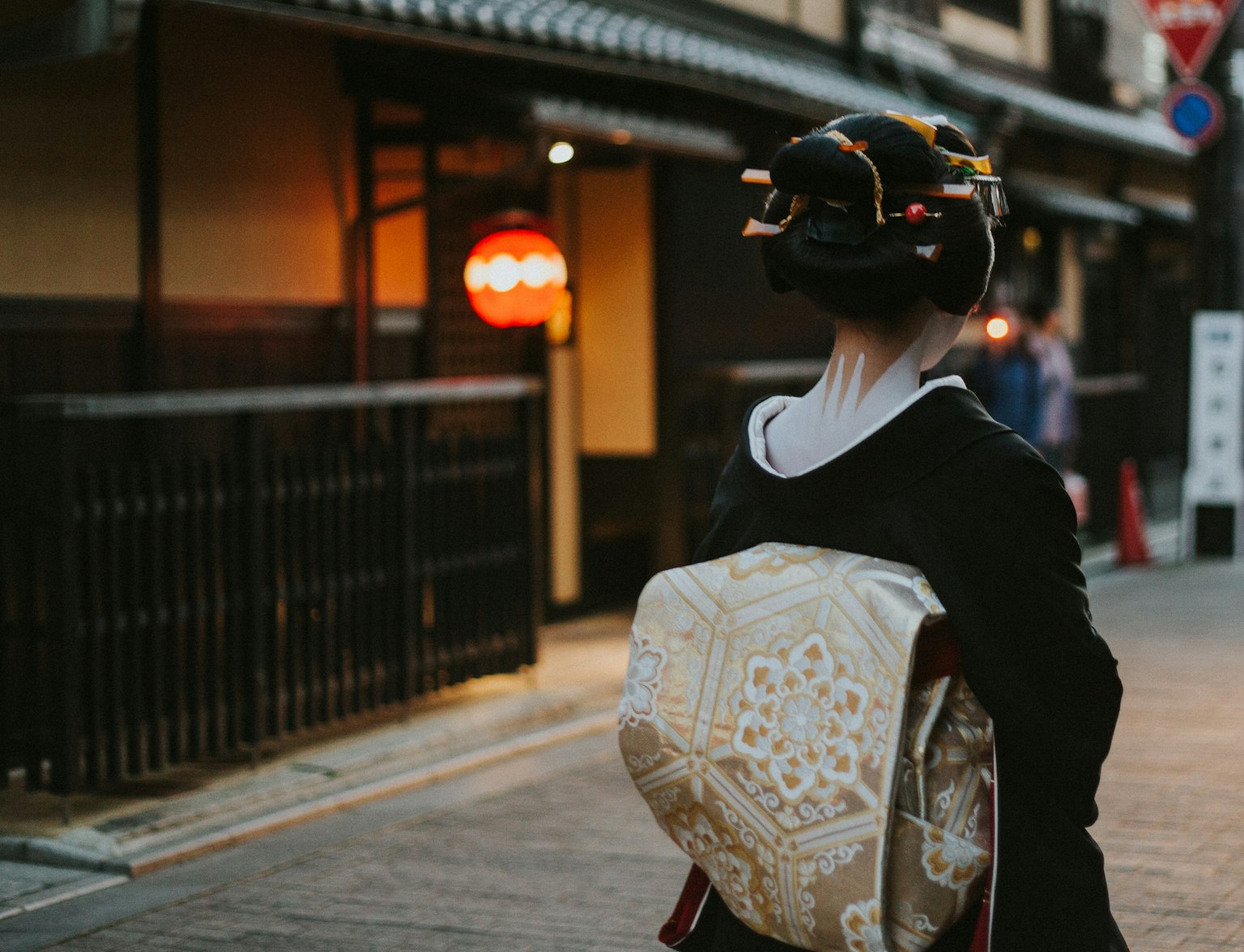
Experience the rich cultural heritage of Kyoto on this exciting full-day private guided tour.
